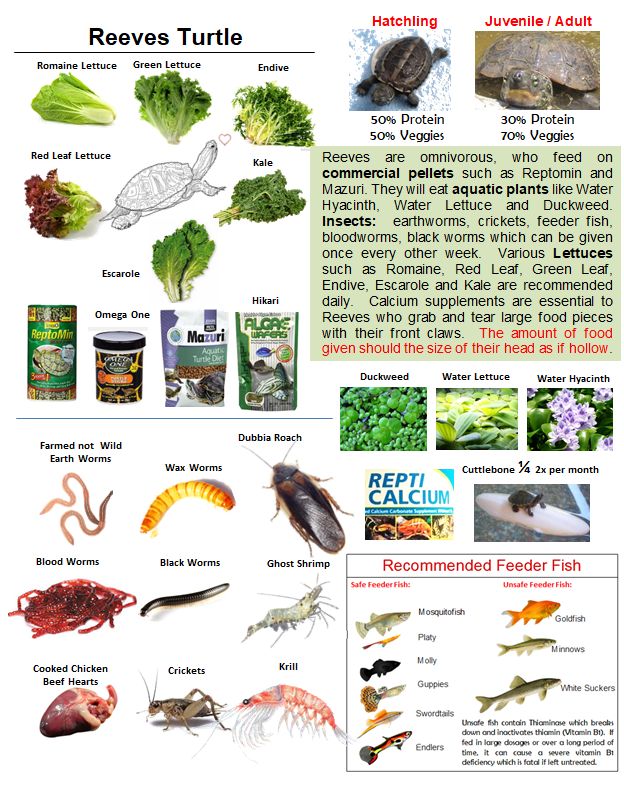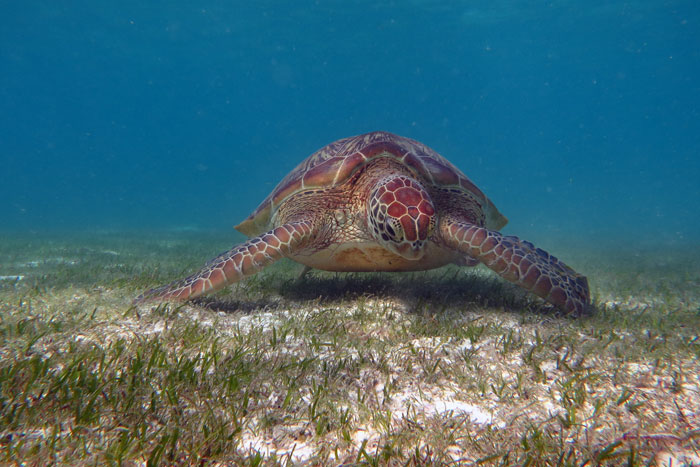If you’ve ever wondered what turtles eat, you’re in for a treat. In this article, we’ll uncover the fascinating world of turtle diet variations and how different species have unique nutritional needs. From leafy greens to protein-packed insects, turtles have a complex palate that varies depending on their species and habitat. Get ready to explore the diverse range of foods that keep these shelled creatures healthy and thriving.
Common Nutritional Needs of Turtles
When it comes to the nutritional needs of turtles, there are a few key factors to consider. First and foremost, turtles require a proper balance of essential vitamins and minerals in their diet. This includes nutrients such as calcium, vitamin D, and vitamin A, which are crucial for their overall health and well-being. Secondly, turtles need a suitable mix of protein, carbohydrates, and fats to thrive. This ensures that they receive the necessary energy and nutrients to support their growth and daily activities. Lastly, hydration is essential for turtles, as they require access to fresh and clean water for drinking and bathing purposes.
Turtle Diets in the Wild
Turtles have a diverse range of dietary preferences in the wild, depending on the species and their natural habitats. Aquatic turtles, such as red-eared sliders, have a diet predominantly composed of aquatic plants, insects, and small fish. On the other hand, terrestrial turtles, like box turtles, consume a mix of plants, fruits, insects, and worms. Some turtle species, such as the Eastern box turtle, are omnivorous and eat a combination of plant matter, insects, and small vertebrates. There are also carnivorous turtles, like the snapping turtle, which mostly feed on fish, amphibians, and small mammals. Lastly, herbivorous turtles, such as the desert tortoise, have a diet primarily focused on consuming various plant materials.
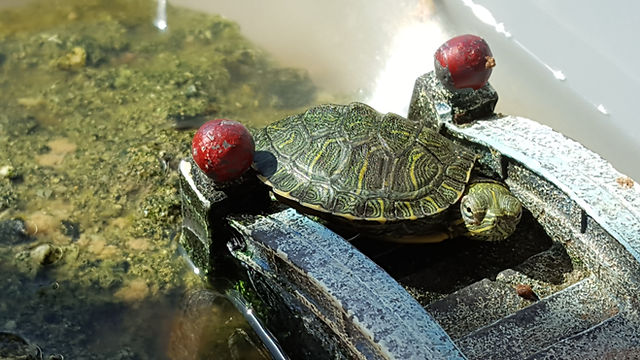
Common Diets for Pet Turtles
When it comes to feeding pet turtles, there are various options to consider. One common choice is commercial turtle pellets, which are specifically formulated to meet the nutritional needs of turtles. These pellets are convenient and usually provide a balanced mix of proteins, carbohydrates, and vitamins. Another important aspect of a pet turtle’s diet is the inclusion of fresh fruits and vegetables. Turtles enjoy a variety of fruits and vegetables, such as leafy greens, carrots, and berries. Additionally, offering insects and worms as part of their diet can help replicate their natural prey items and provide them with essential proteins. Lastly, frozen foods, such as brine shrimp or bloodworms, can be fed to turtles occasionally as a special treat.
Diet Variations for Aquatic Turtles
Aquatic turtles have different dietary requirements depending on their specific species. Some aquatic turtles, like the painted turtle, are carnivorous and have a diet primarily consisting of insects, small fish, and aquatic invertebrates. On the other hand, species like the red-eared slider are omnivorous and feed on a mix of live or frozen aquatic plants, insects, fish, and pellets. Herbivorous aquatic turtles, such as the river cooter, mainly consume aquatic plants and vegetables. When it comes to feeding aquatic turtles in captivity, it’s important to replicate their natural diet and provide a variety of foods to ensure they receive all the necessary nutrients.
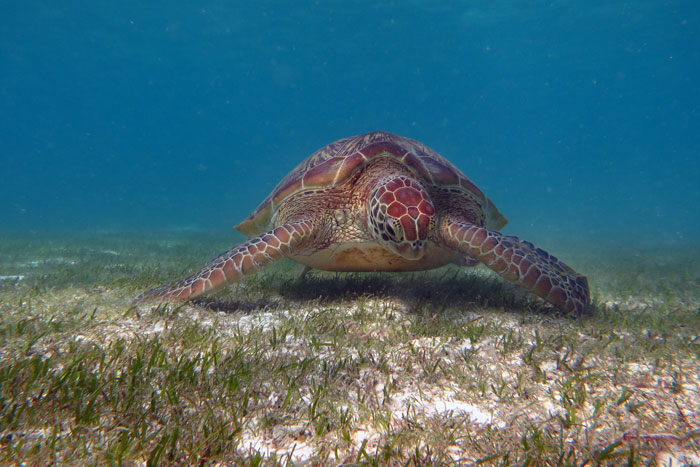
Diet Variations for Terrestrial Turtles
Terrestrial turtles require a different diet compared to their aquatic counterparts. Herbivorous terrestrial turtles, like the desert tortoise, primarily eat a variety of plant materials, such as grasses, leaves, and flowers. Omnivorous, or semi-omnivorous, terrestrial turtles like the box turtle have a more varied diet that includes plant matter, fruits, insects, and small vertebrates. Carnivorous terrestrial turtles, such as the eastern box turtle, have a diet predominantly composed of insects, worms, and small invertebrates. When feeding terrestrial turtles in captivity, it’s important to consider their specific dietary preferences and replicate their natural diet as closely as possible.
Diet Variations for Box Turtles
Box turtles have unique dietary needs that may vary depending on the species. Most box turtles are omnivorous, meaning they eat a combination of plant matter, fruits, vegetables, insects, and worms. It’s important to offer a variety of foods to Box turtles, including leafy greens, berries, insects, and small vertebrates like worms or slugs. These turtles are known for being opportunistic eaters, so providing a diverse diet is essential to meet their nutritional requirements. Feeding box turtles in captivity requires careful attention to their preferences and providing a balanced diet to ensure their well-being.
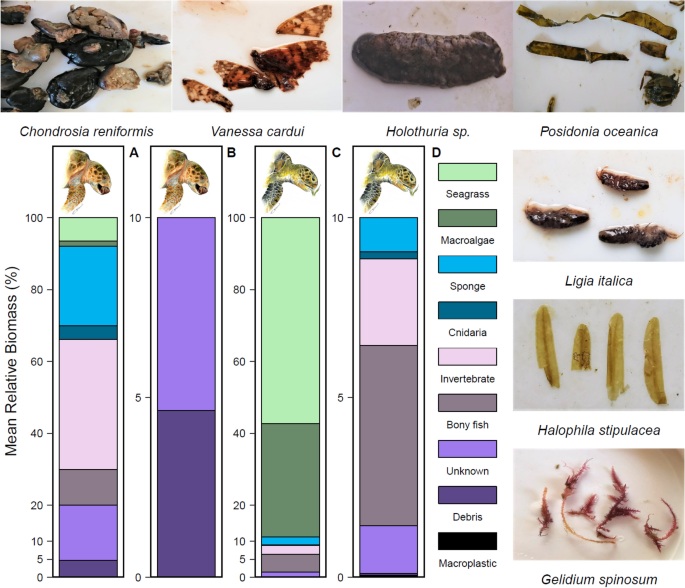
Diet Variations for Tortoises
Tortoises are primarily herbivorous, with a diet mainly consisting of fibrous plant materials. They eat a variety of grasses, weeds, leaves, and cacti, depending on the species. Offering a wide range of leafy greens, such as dandelion greens, collard greens, and kale, is essential to meet their nutritional needs. Some tortoises, like the African spurred tortoise, may also benefit from the occasional inclusion of fruits and flowers in their diet. It’s crucial to avoid feeding tortoises high-protein or high-fat foods, as these can lead to health issues. Feeding tortoises a balanced and appropriate herbivorous diet is crucial for their long-term health and well-being.
Supplementation for Turtle Diets
While a well-balanced diet is the foundation of a healthy turtle’s nutrition, supplementation can help ensure they receive all the necessary nutrients. Calcium and phosphorus supplementation is crucial for turtles, as it promotes bone health and helps prevent metabolic bone disease. Vitamin supplementation, particularly vitamin D and vitamin A, is also important for their overall well-being. Essential fatty acids, such as omega-3 and omega-6, can be supplemented through foods like fish or flaxseed oil, ensuring turtles receive the necessary fats for optimum health. It’s important to consult with a veterinarian or reptile specialist for guidance on proper supplementation specific to your turtle’s needs.
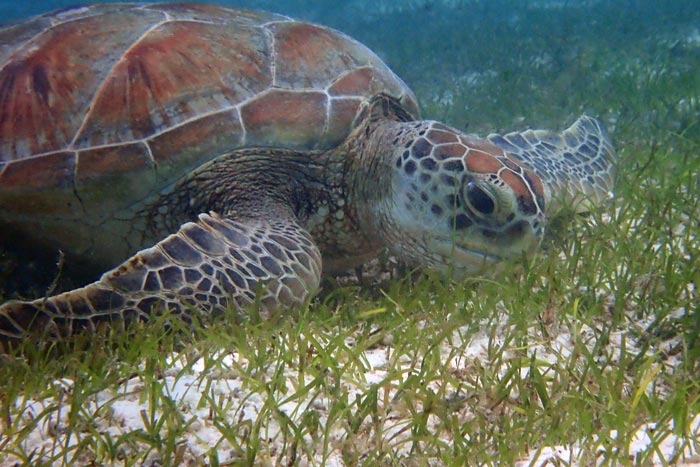
Determining the Right Diet for Your Turtle
When determining the right diet for your turtle, it’s essential to consider their species-specific dietary needs. Different turtle species have varying nutritional requirements, so it’s vital to research and understand the specific dietary recommendations for your turtle’s species. Factors such as age, size, and activity level should also be considered when planning their diet. Younger turtles may need a higher protein content, while adult turtles may require a more balanced mix of proteins, carbohydrates, and fats. Seeking professional advice from a veterinarian or reptile specialist can help ensure you are providing the best diet for your turtle’s specific needs.
Common Dietary Mistakes to Avoid
There are a few common dietary mistakes that turtle owners should avoid to maintain their pet’s health. One of the most common mistakes is overfeeding. Turtles have a slow metabolism and can easily become overweight if overfed. Limiting variety in their diet is another mistake to avoid. Offering a diverse range of food options ensures they receive a broad spectrum of nutrients. Another common mistake is neglecting the calcium to phosphorus ratio. Turtles require more calcium than phosphorus in their diet, and imbalances can lead to metabolic bone disease. Lastly, ignoring the needs of growing turtles is a mistake to be aware of. Young turtles have different dietary requirements than adults and should be fed accordingly to support their growth and development.
